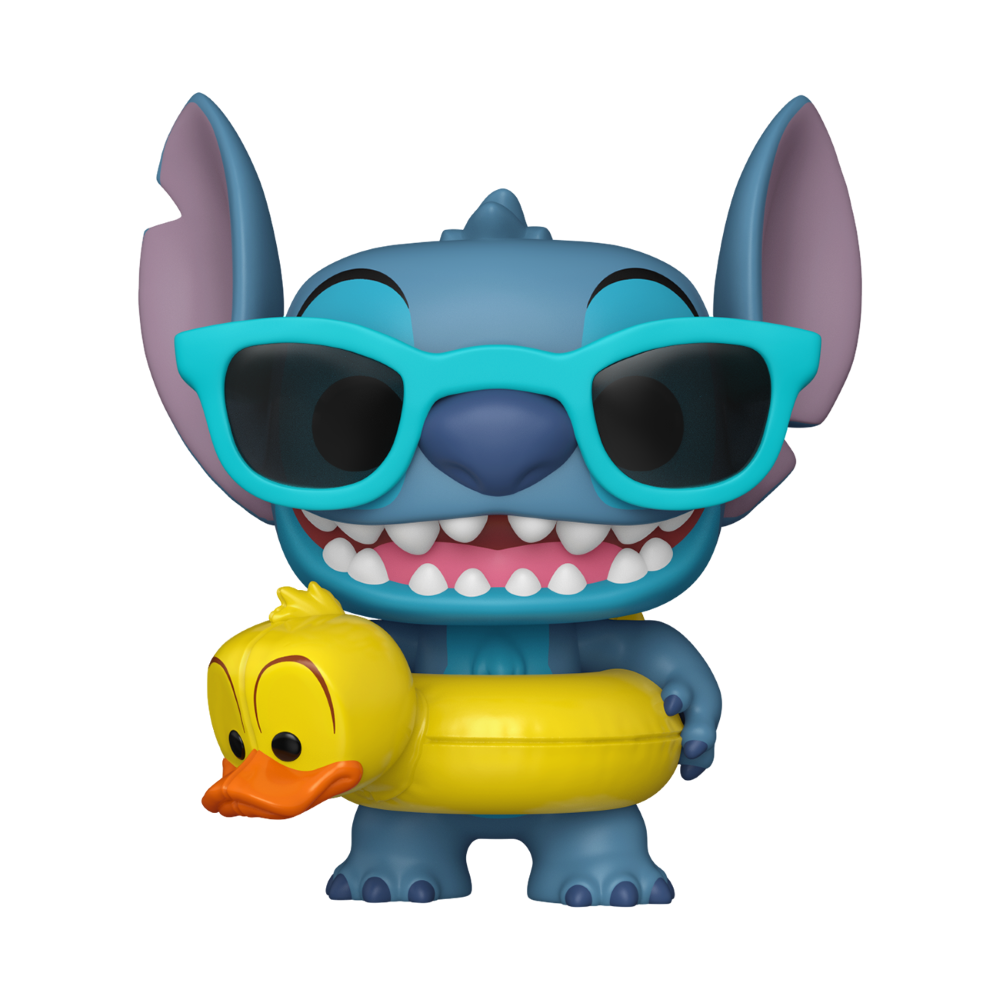 An animated cartoon, carefully synchronized with music and sound effects, and entitled Steamboat Willie, made its debut at a New York theater on November 18, 1928–75 years ago today. It was the Colony Theater on Broadway, when sound films were still a novelty.
An animated cartoon, carefully synchronized with music and sound effects, and entitled Steamboat Willie, made its debut at a New York theater on November 18, 1928–75 years ago today. It was the Colony Theater on Broadway, when sound films were still a novelty.
Animated cartoons themselves were a still a novelty. But the appealing characters, the clever sound track and a strong narrative (a rarity in those early days) caught everyone’s attention. After five grueling years in the business, Walt Disney suddenly became an overnight success, and Mickey Mouse a household name.
Having independently produced two silent Mickey Mouse films, Plane Crazy and Galloping Gaucho, Disney decided to produce and direct a third, with sound, in hopes of finding a new distributor. Animator Ub Iwerks, assisted by Les Clark, Johnny Cannon and Wilfred Jackson, left plenty of room for sound "gags," which Walt provided the vocals for.
Walt took the film to New York, sold his car, mortgaged the studio and recorded the soundtrack, twice (the first try was a disaster). With the finished film in hand he knocked on every door and screened the cartoon to every possible distributor. But he got no takers.
A fellow named Harry Reichenbach was a promoter operating the Colony Theater on Broadway for Universal Pictures. He had seen Steamboat Willie at one of Walt’s many pitch screenings and offered to book the film directly from Walt for $500 a week–more money than any cartoon had ever received before. Strapped for cash, and with no film deal in place, Walt allowed the Colony to screen the film in public.
It was an immediate smash. All the reviews were ecstatic. Walt stood in the theater every night to listen to the enthusiastic audience reaction. The film companies came running to him.
Mickey Mouse came to symbolize America’s can-do spirit, and Walt was in tune (in toon?) with that. It was Walt’s can-do determination that brought the Mouse to the screen–and quality and progress to a new cinematic artform.
Years later, Walt recalled that New York November in 1928. "We discovered we didn’t have just a cartoon toy to amuse children, we had a unique medium that delighted whole families. We had an artform and an impressive illusion."



 Win a Funko X Lilo & Stitch Prize Pack!
Win a Funko X Lilo & Stitch Prize Pack! 
